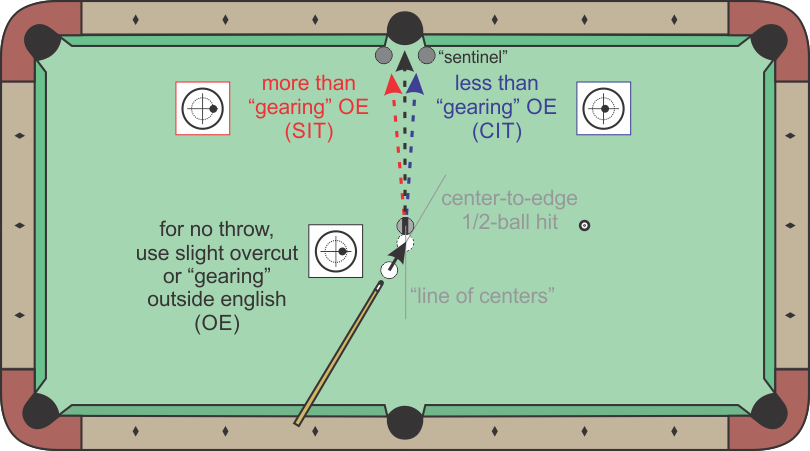As in how far a center-hit ball slides before rolling?
pj
chgo
Yes, with the question being whether the old clay balls would slide before rolling like modern phenolics. I don't know the answer. I have a few old clay balls and they made a mess on my table the few times I tried to hit them.
Crane did talk about this effect (or lack of it) in an interview in 1969:
"To his credit, or at least in his defense, Crane grew up in an era of large tables, small pockets, ivory cue balls and Belgian clay object balls, conditions that made a run of 100, some say, comparable to a run of 300 with today's equipment. Today the tables are smaller (4½' by 9'), the pockets are larger (5½" vs. 4‚Öû")
and the object balls and the cue ball are made of plastic. "The ball skids like an ashtray when you hit it," Crane says. "It's not supposed to skid, it's supposed to roll. These plastic balls are pretty. They don't ever chip, they don't ever break, they hold their color forever—and they're the worst balls ever made."
Irving Crane, who is one of the best straight pocket billiards players in the world, could be the now slightly aged prototype of the original 97-pound

vault.si.com


